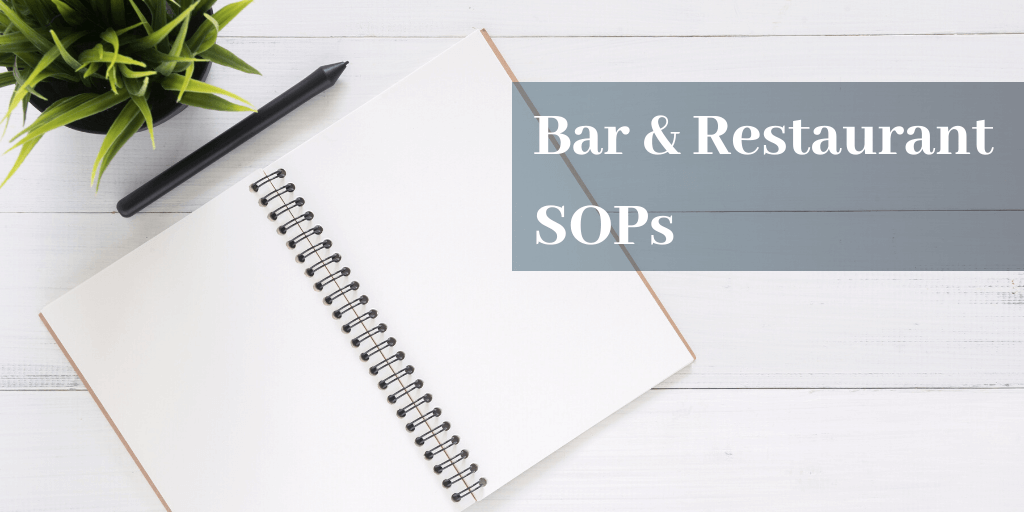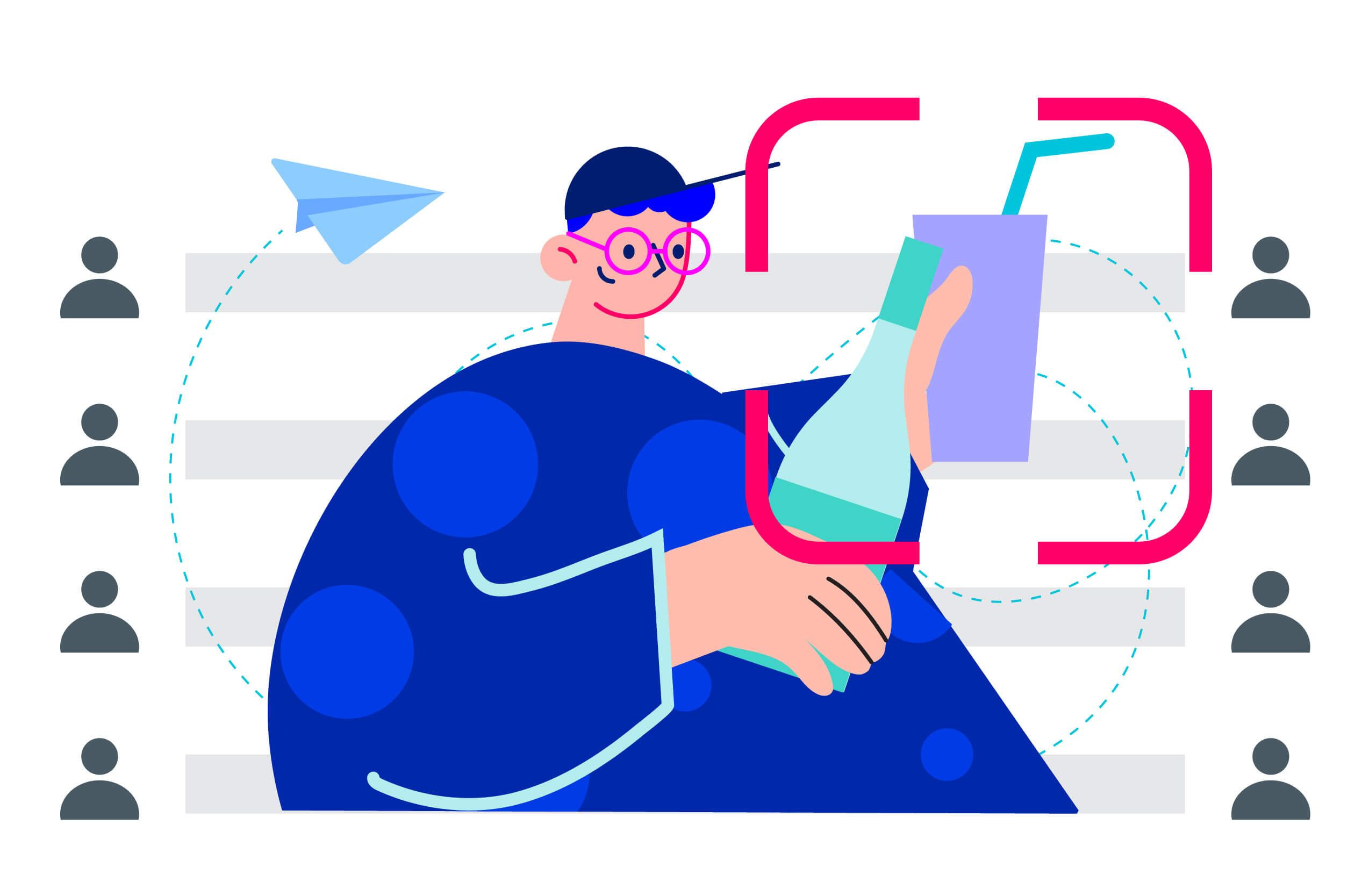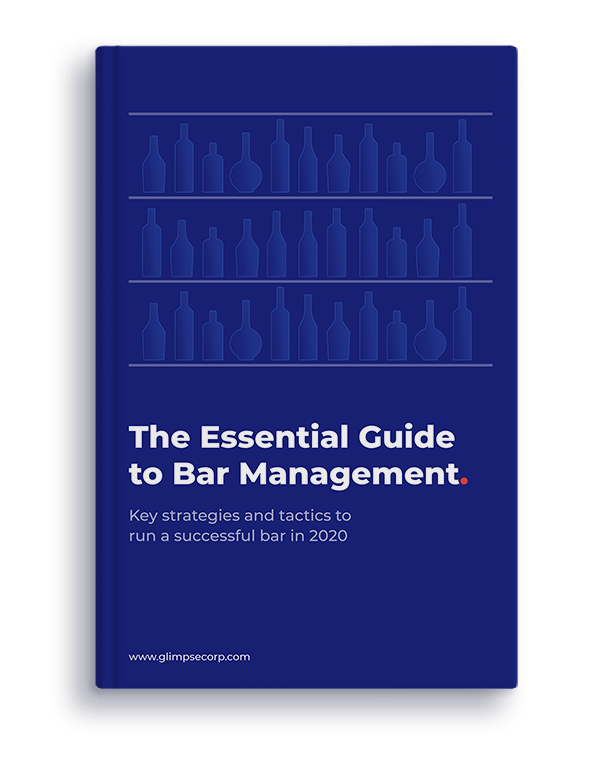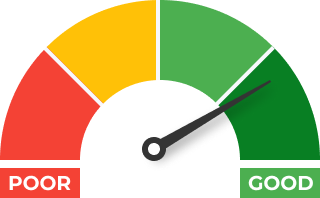Clear and documented Standard Operating Procedures (SOPs) are important for any small business. Bars and restaurants are no exception here.
Among other things, SOPs allow you to:
- Train and onboard new employees.
- Reduce mistakes and improve customer service.
- Boost staff morale and happiness as they perform their duties better.
Ultimately, improvements in your SOPs add up to better customer service and increased revenue.
On the other hand, repeatability and standardization reduce costs. So these seemingly dull documents can be the difference between success and struggling to turn a profit.
In this article, we’re going to guide you through creating SOPs for your bar or restaurant.
We’ll start with the key procedures – the cornerstone operations in any establishment.
Next, we’ll look at more specific procedures that happen behind the scenes or less frequently compared to daily operations.
Lastly, we’re going to suggest a few tools to start and improve your documentation over time.
Ready? Let’s go.
Start with the Key SOPs in Your Bar
Do you know about the “Big rocks first” strategy by Stephen Covey?
The main premise here is that starting with bigger and more important projects first is a smart move. If you prioritize the nitty-gritty tasks, you risk missing the big picture and reducing your capacity to complete big projects.
If we apply this concept to creating your SOPs, starting your documentation with your key procedures will make everything else easier later on.
And you don’t have to get these main operations perfect the first time – they will be a work in progress handled by you and your team in the long run.
Opening and Closing Procedures
Your daily opening and closing procedures provide the framework for everything else that happens in between.
Some of the opening procedures to document include:
- Property check: how to perform a quick inspection of the main stock and equipment used throughout the day. This is ideally documented in a checklist format and includes things like reviewing stock levels for best sellers and inspecting key equipment like beer taps.
- Cash check: documenting the available cash in tills and making sure there’s enough to give as change and handle daily transactions.
- Cleanliness: checking hygiene standards are met across the bar and tables, ensuring menus and cutlery are in place.
On the other hand, some of the key closing procedures include:
- Balancing the cash drawer: you can learn about balancing a bar or restaurant cash register here.
- Storing perishable items: keeping things like garnishes and food properly stored to ensure they are fresh for the next day.
- Surveillance and locking: turning on the alarm system and making sure the venue is secure.
These are just some of the key opening and closing procedures to start documenting. For a more exhaustive list, check out this article.
Customer Service Procedures
The customer service procedures include everything from the first interaction with a potential customer (which could be over the phone or online) to the time you see them out and even reply to their review on a platform like TripAdvisor or Yelp.
There are several key stages here and documenting each will help your business standardize and deliver high-quality service day in and day out. In fact, you can divide your ops manual based on the natural customer journey. For example:
- Meet and greet customers.
- Taking the order.
- Preparing and delivering the order.
- Checking in to see if everything is fine.
- Bringing the check and taking payment.
- Seeing customers out.
In turn, each of these stages has a set of best practices that you can define. For example:
- Your standard ordering process could include asking if drinks were chosen, suggesting a suitable snack that goes with the drink, confirming the order, and entering it in the POS system.
- Next, you would have a recipe book and target serving time to fulfill each order.
- A policy for checking in within 2 minutes of delivering the order.
And so on.
The specific rules and best practices will depend mostly upon your overall concept and what you deem is most important from a service perspective.
However, having a documented manual that everyone can refer to will get you far towards improving customer service.
If you want to learn more about the topic and get specific best practices, check out this article.
Move to Weekly, Monthly and One-off Procedures
Once you have documented your key daily procedures, it’s time to look into less frequent activities like inventory, hiring, and purchasing.
Inventory management
Similar to building out your ops manual, taking inventory is one of those tedious but important activities that often get neglected across bars and restaurants.
However, documenting your process and teaching your key employees how to do inventory will often be the difference between a thriving establishment and barely breaking even.
When it comes to inventory, you should take the time to document each step in the exact order it was performed first because much of the value is derived from consistency. In addition, you should perform inventory checks at set intervals, such as weekly, monthly, or quarterly.
If you take inventory in a different way each time, you are not going to reap the benefits such as better planning and increased margins.
For an easy way to get started with this process, check out our dedicated article about bar inventory management.
Hiring and Onboarding Employees
As staff turnover in the hospitality industry is high, you will need a repeatable system for hiring, onboarding and continuously training employees.
A good place to start is documenting the responsibilities of every role, from bartenders to servers and chefs.
This will help you quickly put out job posts and build your training manual for each position. Basically, the main duties will become the outline for your employee training and onboarding.
It’s also a good idea to note down typical job boards you use and document your hiring stages – such as initial application, phone interview, live interview and test week.
Having fixed questions and a process behind all this will help you find and compare the best employees. In turn, this will reduce your turnover rate, improve service, and your overall business.
If you want quick tips for hiring great bar and restaurant employees, check out this article.
Marketing Procedures
While you should be promoting your bar or restaurant daily, this activity is often left behind due to hectic nights and burnout.
Having a repeatable process for marketing will make promotion efforts easier since the game plan is already laid out.
Your documentation about marketing should include things like:
- Your objectives, such as revenue and profits per quarter.
- Your projects for achieving these goals.
- Login details for your different social media pages and marketing tools.
- Examples of successful promotions.
- Budget for advertising.
If you’d like to get some inspiration for your marketing, check out these 10 strategies to win more customers.
Purchasing and Suppliers
Another frequent process to document is around purchasing decisions.
This includes supplier contacts, any discount they offer, the usual quantities you purchase, brands, sizes, and other details related to buying stock and equipment.
As new orders are often placed after inventory checks, you can combine your documentation for both processes to make them easier to manage.
Recommended reading: 22 Essential Tools and Equipment Every Bar Should Have
Emergencies
Lastly, it’s a good idea to document SOPs for emergencies such as accidental fire, conflicts between customers, and injuries.
This will ensure your key employees know what to do and potentially avoid serious consequences for your business and/or patrons.
Improve documentation over time
Once your SOPs are in place, select a few people in charge of maintaining and improving them over time, ideally one for each area like Kitchen, Bar, and Admin.
Things will inevitably change and so continuously improving your SOPs is required to keep your documentation up-to-date. The simple act of maintaining these will also solidify understanding and your managers are more likely to enforce guidelines.
So stay with an open mind, be ready to switch policies, and don’t get stuck on a particular point or process – you will be able to make improvements as your normal operations are going.
To make this whole process easier, we’d recommend digital tools that are easy to update and available on multiple devices like mobile phones and tablets. Our best picks include:
- Google Docs or MS Word – if you want to keep things simple.
- Notion – if you prefer a more visual approach.
- Process Street – for maximum structure but higher maintenance.
Conclusion
Considering the importance of SOPs for bars and restaurants, you can’t afford to neglect this area of operations.
So if you don’t have an ops manual yet, consider starting now with the key SOPs and then gradually improve your documentation.
Once you have your principles and guidelines laid out in written form, you will be able to spot gaps in your process, fix them, and build the foundation for a stronger business overall.










 +1 (786) 292-2373
+1 (786) 292-2373 insights@glimpsecorp.com
insights@glimpsecorp.com





